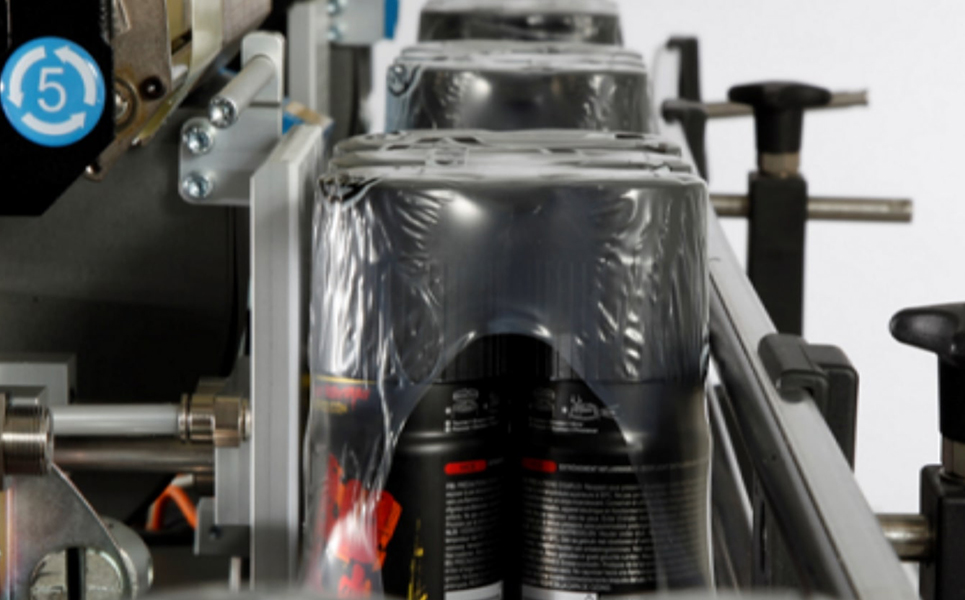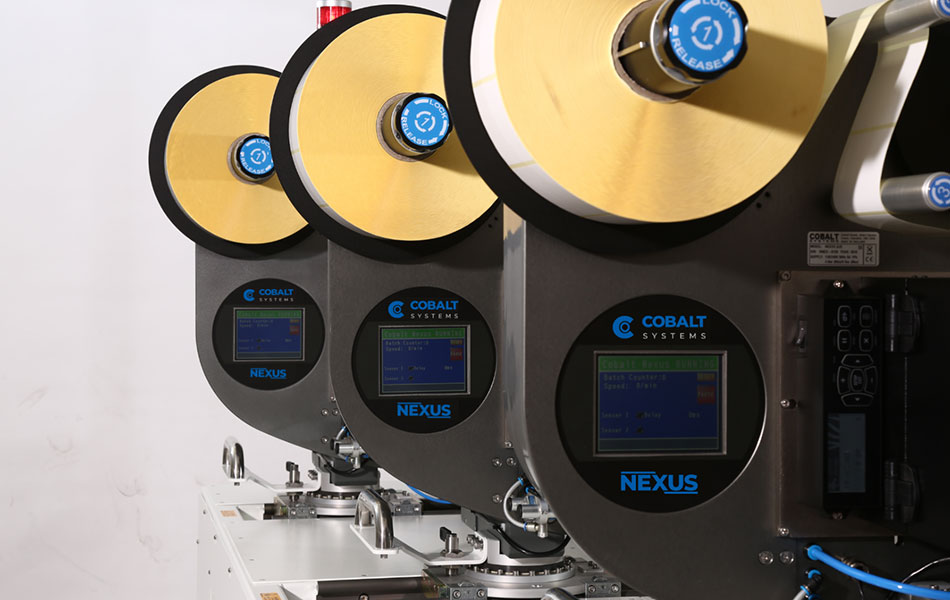Cobalt Systems recently installed a Print & Apply labelling automation solution into the North West food processing plant for a multi-national food producer as part of a green scheme to remove plastic packaging and improve environmental factors.
The end of line project, that formed part of the packaging area, was part of an upgrade on previously installed hardware as Cobalt’s UK Sales Director, Chris Hunt explains; “We have a long-standing relationship of providing barcoding automation solutions into this food producer, so were excited by the challenge of maintaining production speed and efficiency, while incorporating various features to reduce environmental impact into this print and apply labelling project.”
As part of the green scheme, the food producer developed cardboard cartons that can support the weight of heavier goods such as tins and cans. This packaging development reduces shrink wrap, but retains the stability of the cans.
“Application of the labels is to the front of the traded units (TUCs), wide edge leading,” explains Hunt. “The label is printed and dispensed onto the front of the packs and wiped flat with a roller. This application works really well for heavier items such as tins or cans. We also have multiple height positions for different pack sizes which the operator can select from the HMI.”

Cobalt’s solution incorporated its NEXUS 20 All Electric SWP into a high-speed, front-labelling application applying 60 – 80 labels per minute. This continuous operation system uses a bridge frame to suspend two machines over the high-speed line; the applicators working in tandem automatically switching to ensure no pack is missed or a bad label applied. This solution provides dynamic automation with no operator input required to continuously run. If one applicator needs replenishing or experiences an error, the other applicator is ready and automatically takes over application while the error is resolved.
The NEXUS 20 All Electric SWP provides real-time, one-to-one labels without printing into an accumulator. With this configuration, change overs or modifications don’t lead to errors or waste. There is also no requirement for compressed air, which creates a huge saving. With pneumatics removed, the cost of maintenance is also greatly reduced.

“We’d previously installed SAP integrated software solutions for this customer on earlier projects,” continues Hunt. “All the data is sent from SAP to the print and apply system which then prints and applies the label in real time.”
“The printer applicators on this project have both vertical and horizontal adjustment, controlled by PLC using motors, so there’s no requirement for manual hand wheels. This gives the operator the ability to access the system to replenish media without the line stopping and avoiding any health and safety issues.”
An essential part of the project is validation on the line, which checks that labels are applied to each pack correctly. A missing label, or one mis-applied can make the difference between a shipment being accepted or rejected. The data (match code) comes from the SAP database and is automatically set up when the product data is selected. Both validation scanners check the barcode data, giving even more security and peace of mind.
“This was an incredibly rewarding project to be part of,” concludes Hunt. “Not only were we able to surpass requirements for performance for this customer and reduce their overall cost of ownership, but we thrived on working towards an environmental project with great green credentials.”





